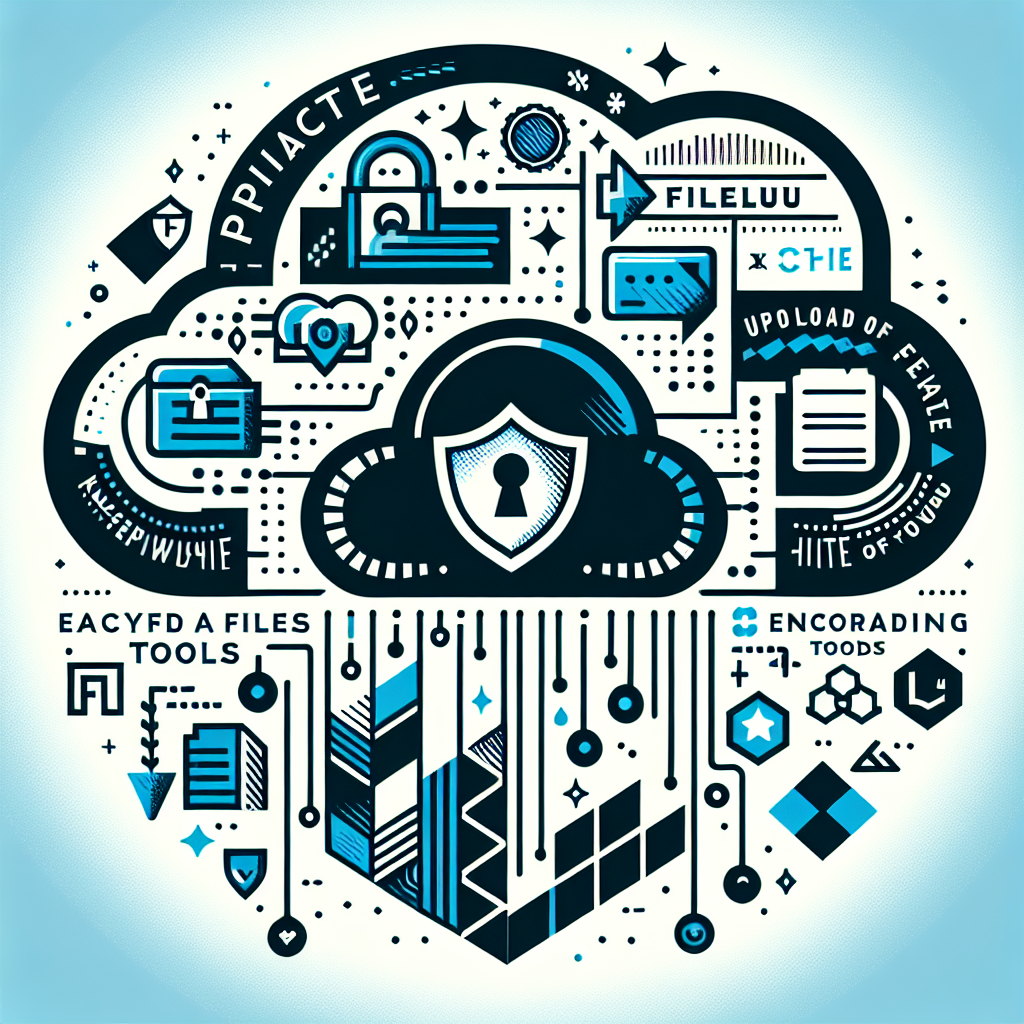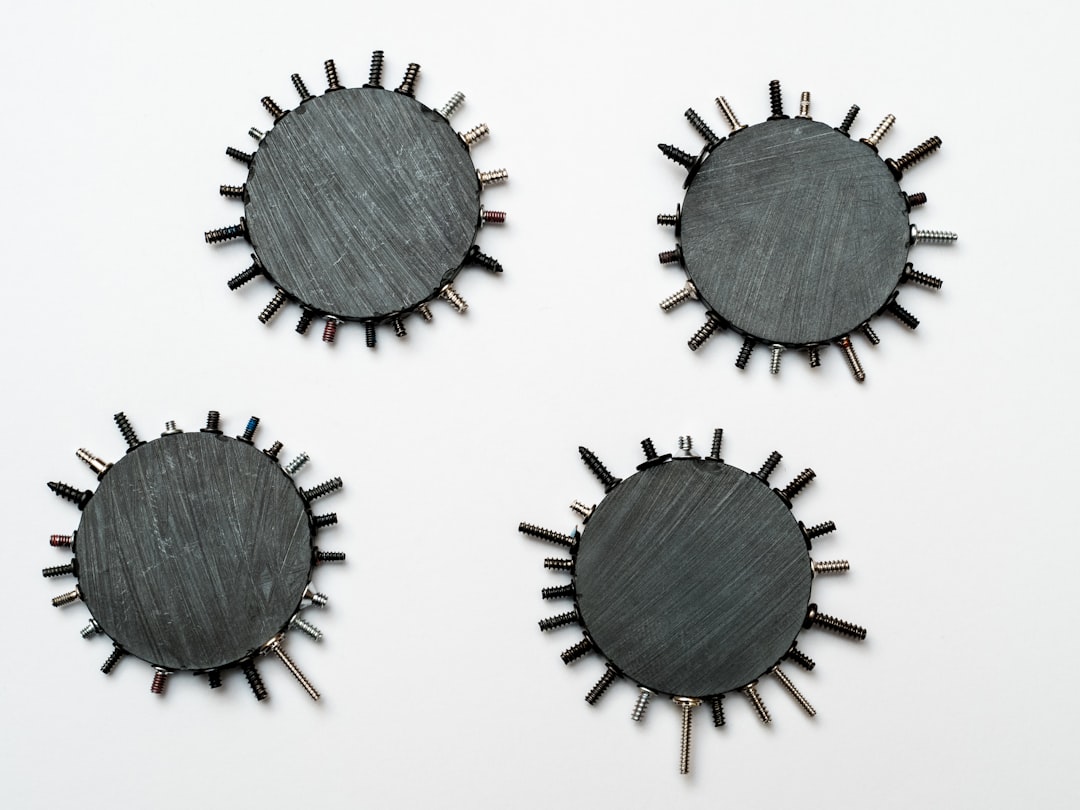Unlock encrypted content
Please enter your SSCE key to initiate on-the-fly decryption.
Decryption key: (Click cancel if you don't have the key)
Copied link to clipboard.
This feature is unavailable for free accounts. Upgrade now and enjoy all Premium benefits.
Go Premium!
This feature is unavailable for free accounts. Upgrade now and enjoy all Premium benefits.
Go Premium!
Please open this page in browser ( Google Chrome or Safari ) to use this feature.
Open In Browser
Quantum Computing, Multi-Factor Authentication, and Nanotechnology: The Future of Data Storage and Security
Random related video for this blog.
Copied share link to clipboard.
As technology advances at an unprecedented pace, new solutions are emerging to address these challenges. This article delves into the exciting world of quantum computing, multi-factor authentication, and nanotechnology, examining their potential to revolutionize data storage and security.
Quantum Computing: Unlocking Infinite Possibilities
Quantum computing represents a groundbreaking leap in computational power. Unlike classical computers that rely on bits to process information, quantum computers leverage quantum bits or qubits, which can exist in multiple states simultaneously. This ability to handle complex calculations exponentially faster than traditional computers has far-reaching implications for data storage and security. One of the most promising applications of quantum computing is in the field of cryptography. Traditional encryption methods, such as RSA, rely on the difficulty of factoring large numbers. However, quantum computers can factorize these numbers with ease, rendering current encryption methods obsolete. To combat this, researchers are developing quantum-resistant encryption algorithms, such as lattice-based cryptography, which can withstand attacks from quantum computers. Moreover, quantum computing holds the potential to revolutionize data storage. Quantum entanglement, a phenomenon where qubits become interconnected, could enable the creation of ultra-secure communication networks. By leveraging the principles of entanglement, quantum data storage systems could provide unparalleled levels of security and data integrity, safeguarding information from unauthorized access or tampering.Multi-Factor Authentication: Strengthening Data Security
As cyber threats become increasingly sophisticated, relying solely on passwords for authentication is no longer sufficient. Multi-factor authentication (MFA) offers a robust solution by adding additional layers of security to the authentication process. MFA combines two or more independent factors, such as passwords, biometrics, tokens, or one-time codes, to verify a user's identity. By implementing MFA, organizations can significantly enhance data security. Even if a password is compromised, an attacker would still require the additional factor(s) to gain access to sensitive information. Biometric authentication, forinstance, offers a high level of security by verifying a user's unique physiological or behavioral characteristics, such as fingerprints, iris patterns, or voice recognition. Furthermore, MFA can be seamlessly integrated with existing systems and applications. Many cloud storage providers, like FileLu.com, offer MFA as an added layer of protection. By enabling MFA, users can ensure that their files and data are accessible only to authorized individuals, minimizing the risk of data breaches and unauthorized access.
Nanotechnology: Paving the Way for Advanced Data Storage
Nanotechnology, the manipulation of matter on an atomic and molecular scale, is poised to revolutionize data storage. Traditional storage technologies, like hard disk drives (HDDs) and solid-state drives (SSDs), have limitations in terms of capacity, speed, and durability. Nanotechnology offers a potential solution by enabling the development of new storage materials and architectures. One of the most promising applications of nanotechnology in data storage is the use of nanomaterials for high-density storage. Researchers are exploring the use of nanomagnetic particles and nanowires to store vast amounts of data in a compact form. These nanoscale structures can store information at an atomic level, offering unprecedented storage capacities. Another area where nanotechnology shows great potential is in the development of non-volatile memory. Non-volatile memory retains data even when the power is turned off, eliminating the need for constant power supply and reducing the risk of data loss. Nanoscale materials, such as phase-change materials and memristors, are being investigated for their ability to provide fast, durable, and energy-efficient non-volatile memory solutions. Conclusion As the digital landscape continues to evolve, the need for advanced data storage and security solutions becomes increasingly evident. Quantum computing, multi-factor authentication, and nanotechnology offer exciting possibilities to address these challenges. Quantum computing holds the key to unlocking unprecedented computational power and secure data transmission, while multi-factor authentication strengthens data security by adding additional layers of protection. Nanotechnology, on the other hand, paves the way for advanced data storage solutions with increased capacity, speed, and durability. With FileLu.com, a leading cloud storage provider, individuals and organizations can harness these technologies to ensure secure and efficient data storage. FileLu.com offers a range of premium plans at affordable prices, providing large file transfer capabilities and secure data transmission. By leveraging the power of quantum computing, multi-factor authentication, and nanotechnology, FileLu.com is at the forefront of data storage and security, empowering users to safeguard their valuable information. Frequently Asked Questions (FAQs)Question: How does quantum computing improve data storage and security?
Answer: Quantum computing enables faster calculations and the development of ultra-secure communication networks, enhancing data storage and security.
Question: How does multi-factor authentication enhance data security?
Answer: Multi-factor authentication adds additional layers of security by requiring multiple independent factors to verify a user's identity, minimizing the risk of unauthorized access.
Question: What is the role of nanotechnology in data storage?
Answer: Nanotechnology enables the development of high-density storage materials and non-volatile memory solutions, revolutionizing data storage capacities and durability.
For more information on secure data storage and transmission, visit FileLu.com.
By Amelia Isabella
Email: [email protected]
Related
Introducing FileLu: Cutting-Edge Innovations in Cloud Storage and File Accessibility.
July 9, 2023
Read More
Secure Project Management Software with File Sharing, Archiving, and Collaboration...
June 5, 2023
Read More
The Future of File Management: Exploring Reputable Project Management Software...
October 17, 2024
Read More
The Future of Data Sharing: Exploring Galactic Empires, Exoplanets, and...
October 17, 2024
Read More
Human-Machine Connection: Revolutionizing the Future with Advanced File Management and...
August 2, 2023
Read More
Popular
Revolutionizing Data Management: Innovations in Storage, Security, and Sustainable Technology.
September 24, 2025
Read More
The Future of Technology: Data Privacy, Self-Driving Cars, and Hybrid...
September 21, 2025
Read More
Exploring the Future of Data Management: Security, Efficiency, and Cognitive...
September 28, 2025
Read More
The Future of Data Storage: Exploring Advanced Encryption, Mobile Integration,...
October 5, 2025
Read More
Latest
The Future of Data Storage: Exploring Advanced Encryption, Mobile Integration,...
October 5, 2025
Read More
Exploring the Future of Data Management: Security, Efficiency, and Cognitive...
September 28, 2025
Read More
Revolutionizing Data Management: Innovations in Storage, Security, and Sustainable Technology.
September 24, 2025
Read More
The Future of Technology: Data Privacy, Self-Driving Cars, and Hybrid...
September 21, 2025
Read More
The Future of Cloud Storage: Innovations in Scalable Storage, Synchronization,...
September 10, 2025
Read More
The Future of File Storage: Exploring Cryonics, Transhumanism, and Advanced...
September 7, 2025
Read More
Innovations in Cloud Storage and Data Management: Navigating the Future...
September 3, 2025
Read More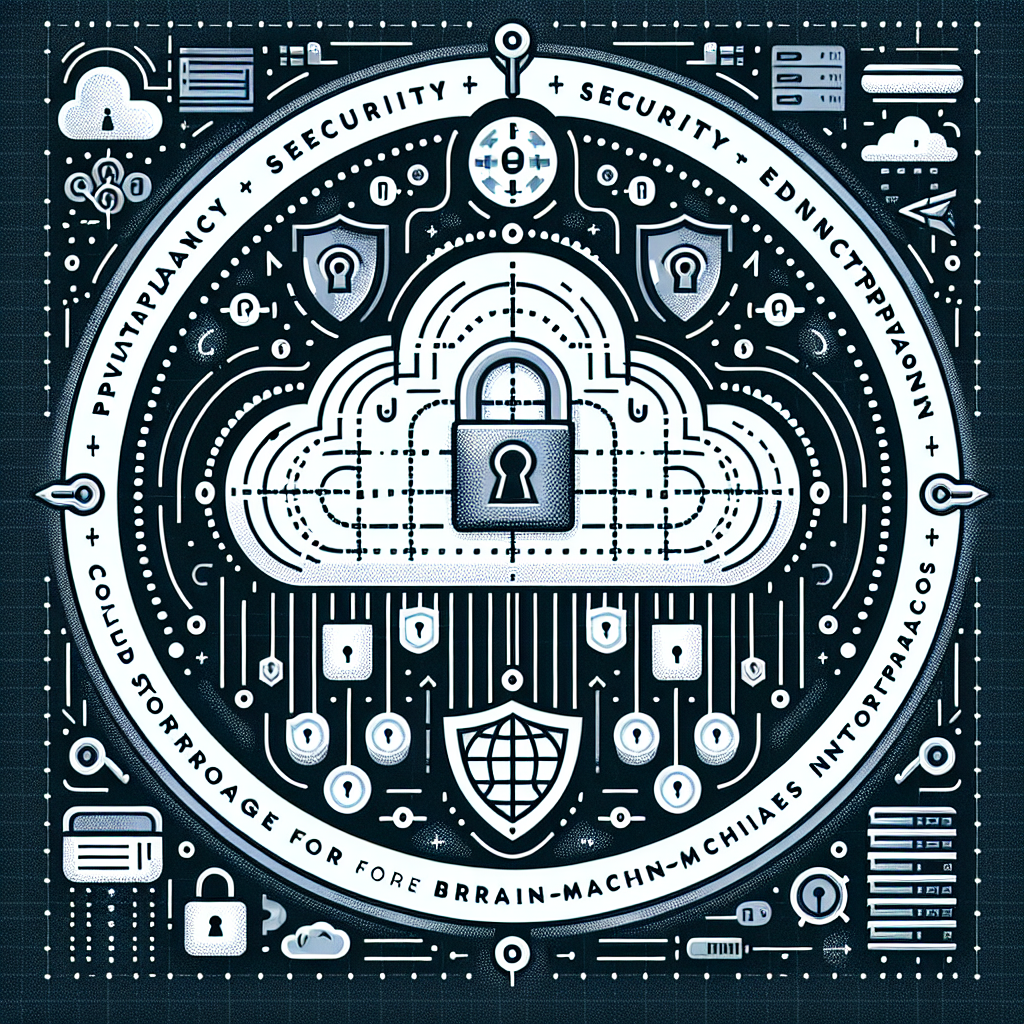
The Future of Technology: Integrating Virtual Reality, Autonomous Driving, and...
August 27, 2025
Read More
The Future of File Management: Innovations in Data Sovereignty, Security,...
August 24, 2025
Read More
The Future of Data Management: Exploring Innovations in Robotics, Genetic...
August 20, 2025
Read More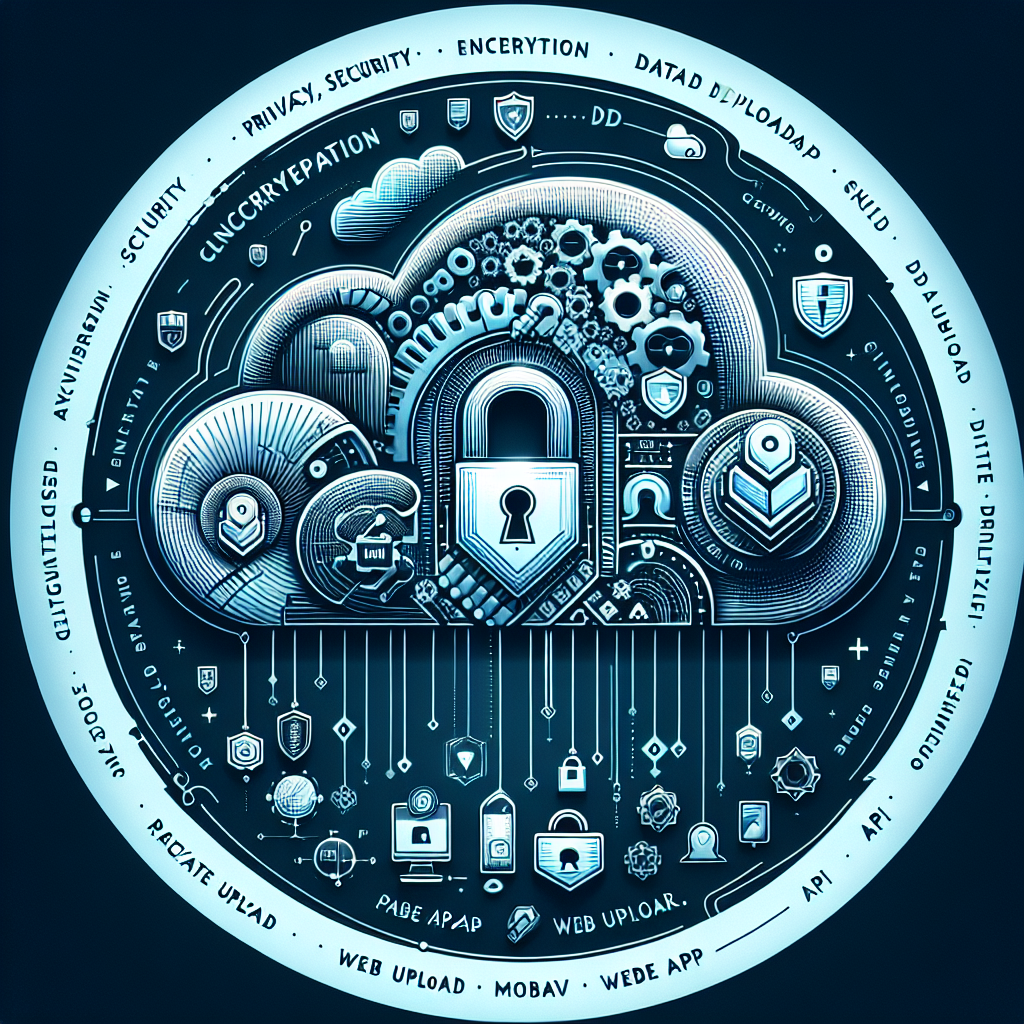
The Future of Data Management: Exploring Efficient Technologies in File...
August 13, 2025
Read More
The Future of Technology: Exploring Innovations in Artificial Intelligence, Data...
August 10, 2025
Read More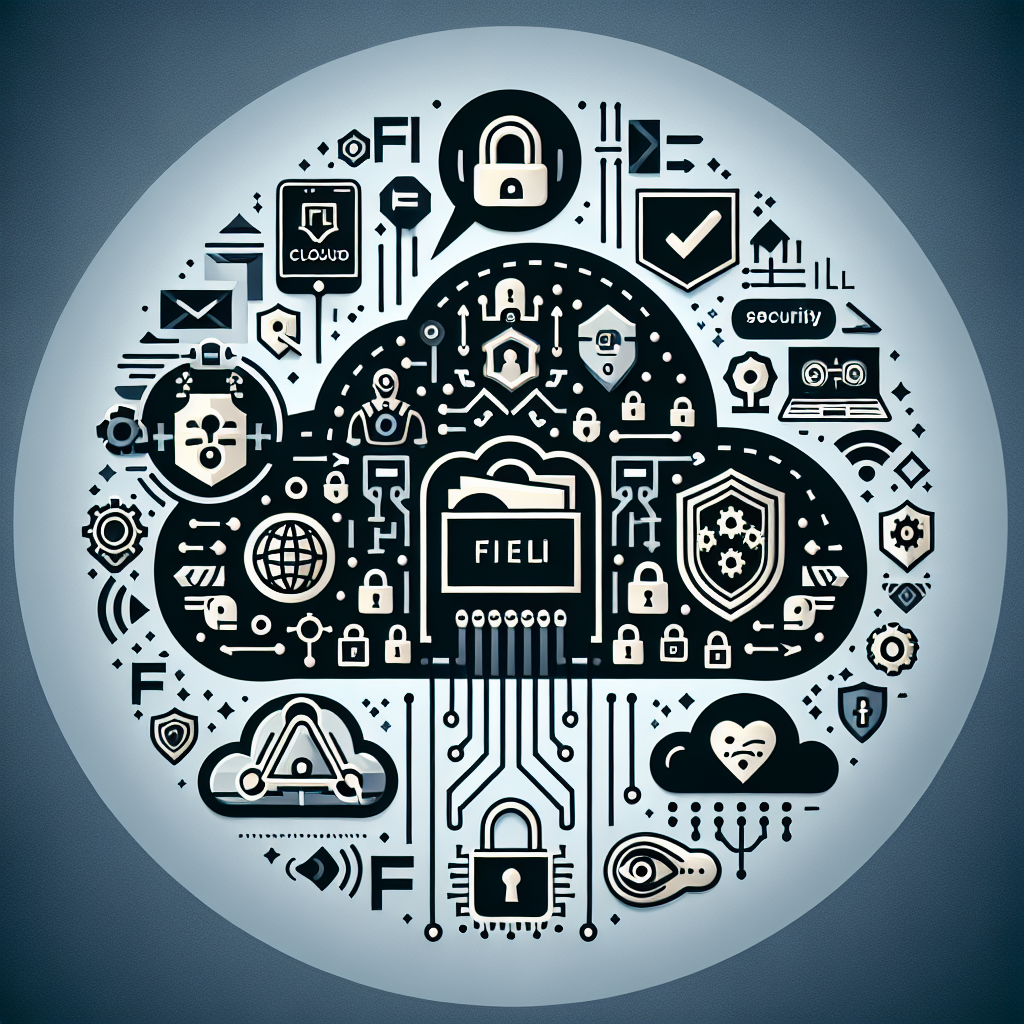
The Future of File Management: Exploring Cloud-Based Backup, Video Storage,...
August 6, 2025
Read More